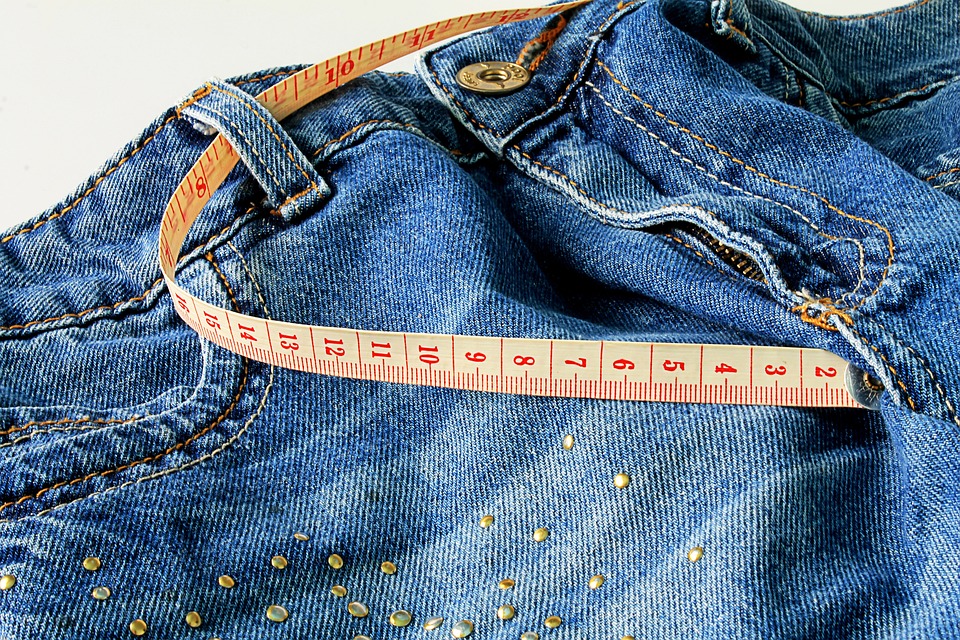Binding is a crucial step in many sewing projects, and using cotton bias binding tape can add a professional touch to your finished garment or craft. However, working with bias binding tape can be a bit tricky, especially for beginners. With some practice and a few tips and tricks, you can master the art of binding with cotton bias binding tape and achieve beautiful, polished results.
First and foremost, it’s important to understand what bias binding tape is and why it’s used. Bias binding tape is a narrow strip of fabric that has been cut on the bias grain of the fabric, meaning it has been cut at a 45-degree angle to the straight grain. This allows the tape to stretch and curve around corners, making it ideal for finishing raw edges, hemming garments, or adding decorative edges to projects.
When working with cotton bias binding tape, the first step is to prepare your fabric edges. If you’re binding a curved edge, it’s important to clip or notch the seam allowance to allow the bias tape to lay flat. Pressing your fabric and the bias tape beforehand can also help ensure a neat and professional finish.
When attaching the bias binding tape to your fabric, it’s essential to take your time and work carefully. Start by pinning or clipping the tape in place along the edge, and then stitch along the fold line of the tape, using a straight stitch or a decorative stitch if desired. It’s important to stitch slowly and carefully to ensure that you are catching both sides of the bias tape evenly and consistently.
One common challenge when working with bias binding tape is turning corners neatly. To achieve a sharp corner, stop stitching approximately 1/4 inch before reaching the edge, pivot the fabric and tape, and then continue stitching down the next side. You may also need to use a fabric marker or chalk to mark the point where you need to pivot to ensure accuracy.
Another helpful tip is to press your bias binding tape after it has been stitched in place. Pressing the tape will help it lay flat and create a clean, professional finish. You can also topstitch the binding in place for added durability and a polished look.
Finally, practice makes perfect when it comes to mastering the art of binding with cotton bias binding tape. Don’t be discouraged if your first few attempts aren’t perfect – with time and persistence, you’ll improve your skills and achieve beautiful results.
In conclusion, working with cotton bias binding tape can add a professional, polished finish to your sewing projects. With the right techniques and a bit of patience, you can master the art of binding with bias tape and achieve beautiful, professional results. So go ahead, give it a try and take your sewing to the next level!

